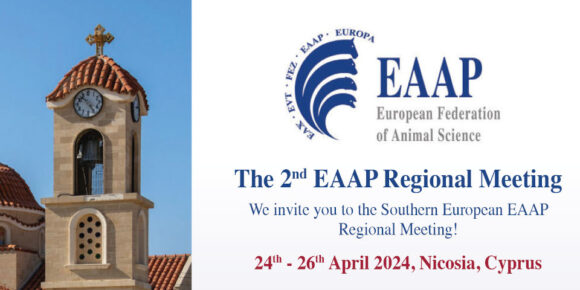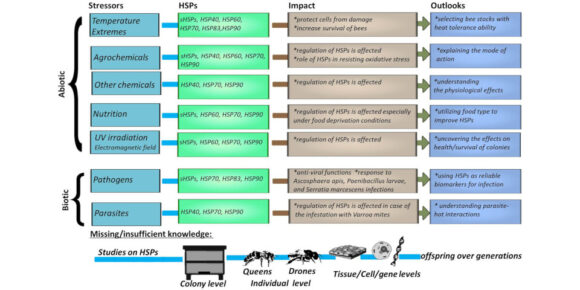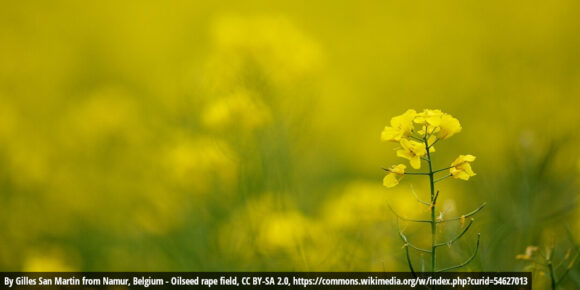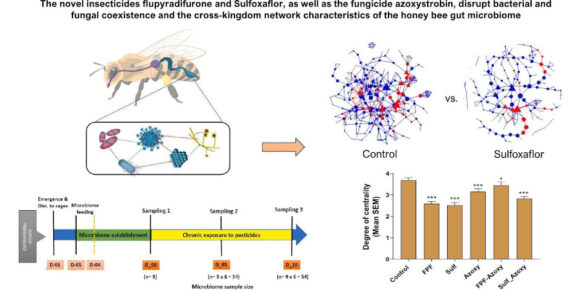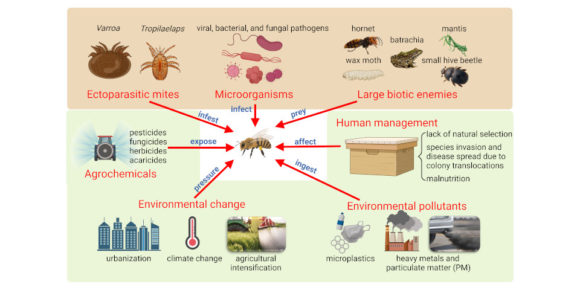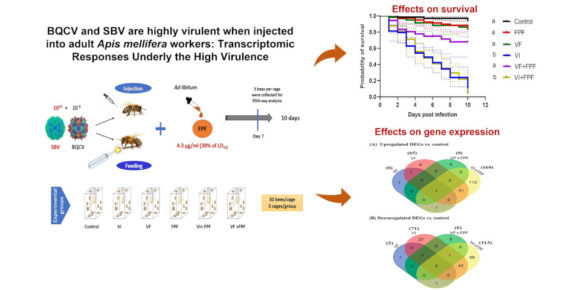2nd EAAP Regional Meeting – Mediterranean Region
The 2nd regional EAAP (European Federation of Animal Science) meeting will be held at the Agricultural Research Institute, Nicosia, Cyprus from the 24th-26th April 2024. The EAAP regional meetings aim to highlight key animal science discoveries and novel approaches, particularly focusing on specific regional topics, which could be directly or potentially applied to management and…






